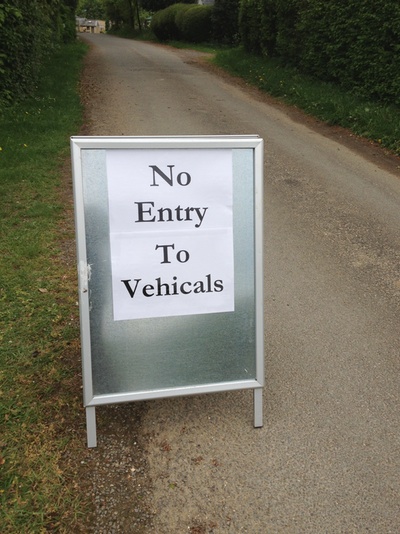Recently, I’ve adopted the somewhat complicated habit of having several jobs at once. It’s not always the most productive way to work, but it keeps me on my toes, and life is never dull! And so, today, I started a new job, as a Research Associate in the Cambridge University’s Computer Lab.
Now, this is only one day a week, and it’s a fairly junior post, but it has significance for me, for several reasons. One is that it’s with an old friend, Frank Stajano, helping on what should be an interesting project. A second is that it’s nice to have at least a modest foothold back in academia, doing stuff that isn’t primarily profit-motivated. But thirdly, I’m enjoying a bit of nostalgia.
You see, I’ve been here before.
Just before I started my PhD, I also had an R.A. post in the Computer Lab. And many great people from that time are still around. So in some senses it feels familiar.
I have a shiny new Linux machine on my desk. Well, I had a Linux machine back then, too, but it was rather different. I had commandeered a spare PC and installed this newfangled operating system on its hard disk. I’d experimented before with booting Linux up from floppies, but to have a machine which I could, at least temporarily, dedicate to this skunkworks experiment was wonderful, and it had a decent CPU with enough RAM and disk space that I could run a graphical interface on it! I think I’m probably the first person in the lab to have used Linux with X Windows, which seems remarkable now, when it’s on the majority of desks in the department.
Other things have also changed, not least the building in which the lab is located. The phones on the desks are connected by ethernet cables, not by phone wiring, but of course, I’ll scarcely use it because I now have a phone in my pocket as well. Wow.
But the other thing that really makes me feel old is that the last time I started a similar job to the one I started today, in the same organisation, not one of us had ever heard of the World Wide Web, for the simple reason that it didn’t yet exist.
Gosh, I’m ancient…!


 Here’s a quick plug: my next door neighbour, Edel, creates
Here’s a quick plug: my next door neighbour, Edel, creates 


Recent Comments